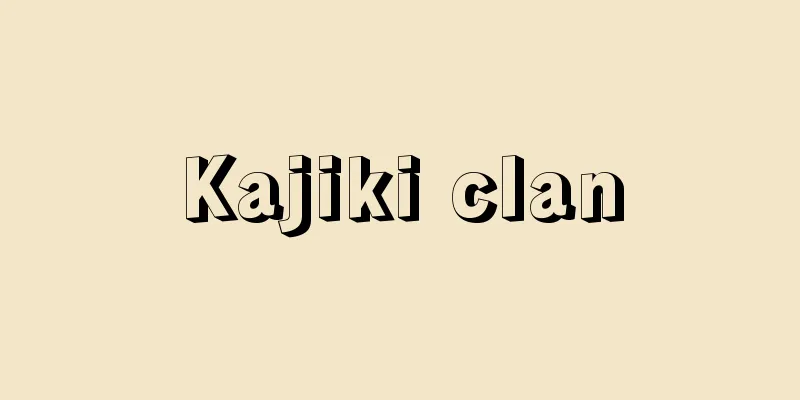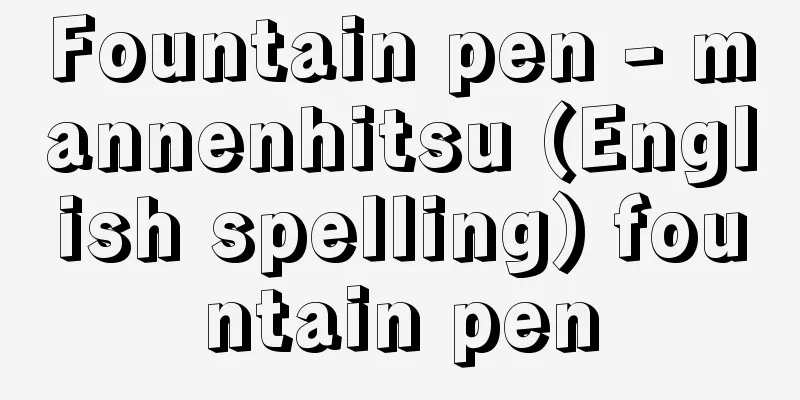Dunkirk - Dunkerque

|
A city in the Nord department in northern France. Population 70,850 (1999). Close to the Belgian border, facing the Straits of Dover, it has the third largest trading port in France. It is a key transportation hub where railways, roads and canals converge, and together with Bruay-Annaltoa, Reims, Lille, Roubaix, Tourcoing, Douai, Valenciennes and Donan it forms the Flanders Industrial Region. This region is home to the northern French coalfields, which boast the largest coal production in France, and so Dunkirk has a coastal industrial complex centered on steel. There are also oil refineries and thermal power plants, and the port facilities have been expanded and improved, laying the foundation for industrial development. Other industries that are thriving include shipbuilding, cement and food. [Nobuo Takahashi] historyIn the 7th century, Saint-Héloyd built a chapel, and around 960, the Count of Flanders built a defensive wall. The name Dunkirk comes from the Flemish "church of the dunes" and was first mentioned in historical documents in 1067, but at that time it was just a small fishing port. Since 1384, it has belonged to the Duchy of Burgundy along with the County of Flanders, and since 1477 it has been under the rule of Austria and then Spain. It was first occupied by France in 1646, but it was subsequently under the rule of Spain, France again, and then Britain, and in 1662 French rule was established. At the end of the 17th century, the famous naval officer Jean Bart (1650-1702) used it as a base and played an active role in naval battles against Britain and the Netherlands. The defensive wall was removed by the Treaty of Utrecht in 1713, but was later rebuilt and withstood a siege by the British in 1793. It developed remarkably as a port city in the 19th century, especially during the Third Republic. It is well known that in 1940 during World War II, 335,000 British and French troops retreated to England from here under the fierce attack of the German army. [Atsushi Egawa] Source: Shogakukan Encyclopedia Nipponica About Encyclopedia Nipponica Information | Legend |
|
フランス北部、ノール県の都市。人口7万0850(1999)。ベルギー国境に近く、ドーバー海峡に面し、フランス第3の貿易港を有する。鉄道や道路、運河が集まる交通の要地で、ブリューエ・アンナルトア、ランス、リール、ルーベー、トゥールコアン、ドゥエ、バランシェンヌ、ドナンなどの都市とともにフランドル工業地帯を形成している。この地帯には、フランス第1位の出炭量を誇る北フランス炭田があるため、ダンケルクには鉄鋼を中心とした臨海コンビナートがつくられている。また石油精製所、火力発電所などもあり、港湾施設の拡張整備も進んで工業発展の基盤が整備されている。その他の工業としては造船、セメント、食品などが盛ん。 [高橋伸夫] 歴史7世紀に聖エロアが礼拝堂を建て、960年ごろにフランドル伯が防壁を築いた。ダンケルクの名はフラマン語の「砂丘の教会」に由来し、1067年に史料に初出するが、当時は小漁港にすぎなかった。1384年からはフランドル伯領とともにブルゴーニュ公国に属し、1477年からはオーストリア、ついでスペインの支配を受けた。1646年にフランスが初めて占領するが、その後スペイン、ふたたびフランス、ついでイギリスの支配に属し、1662年になってフランスの支配が確立した。17世紀末には著名な海軍軍人ジャン・バールJean Bart(1650―1702)が、ここを根拠地としてイギリスおよびオランダとの海戦に活躍する。1713年のユトレヒト条約で防壁は撤去されたが、のちに再建され、1793年のイギリス軍の包囲に耐えた。19世紀、とりわけ第三共和政期には港湾都市として目覚ましく発展した。第二次世界大戦中の1940年、ドイツ軍の猛攻下に英仏連合軍33万5000人がここからイギリスへの撤退を遂行したことは有名である。 [江川 温] 出典 小学館 日本大百科全書(ニッポニカ)日本大百科全書(ニッポニカ)について 情報 | 凡例 |
<<: Dunkirk Evacuation - Dunkirk Evacuation
>>: Right to Organize - Right to Organize
Recommend
Orestes
A hero in Greek mythology. Son of Agamemnon, comma...
Lower limit
If there is a maximum lower bound for a set of rea...
Coney Island
A seven-mile (11 km) stretch of sandy beach on the...
Mimosa pudica - Mimosa pudica
Scientific Name: Mimosa pudica Plants. Annual plan...
Gasteropelecus levis (English spelling) Gasteropelecuslevis
...It is somewhat difficult to breed. (c)Silver H...
Volcanic ash sand plateau
…In the narrow sense, it refers to a plateau-like...
Drakensberg [mountain range] - Drakensberg
A mountain range that runs northeast to southwest ...
Takakatsuya - Koukokukyo
A Chinese painter from the Yuan dynasty. His pen ...
Sutra scroll - Kyokan
〘Noun〙 (also "kyogan") A scroll containi...
Village ostracism - Murahachibu
The most prominent practice of severing ties with ...
National Research Institute of Police Science
A central research institute attached to the Nati...
aconitine
…They are classified into three subgenera: Aconit...
Sermisy, C.de. (English spelling) SermisyCde
…In England, during the Tudor period, W. Bird and...
Bell, Andrew (educator) (English spelling) BellAndrew
...To popularize mass education, it was necessary...
Tauraco hartlaubi (English spelling) Tauracohartlaubi
…On the other hand, the red feathers on the head ...









